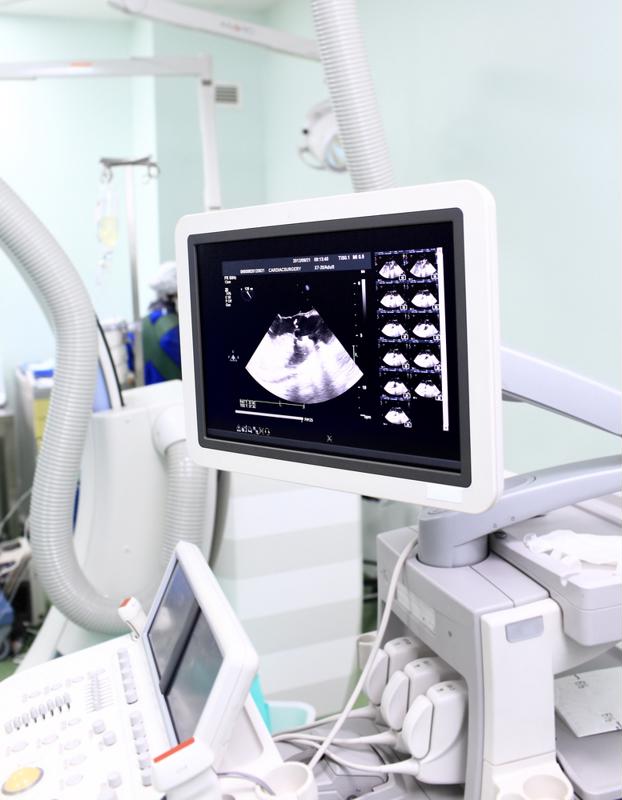Medical equipment features some of the most precise calibrations, complex machinery and cutting edge design of any instruments in any industry anywhere in the world. Sounds like a pretty bold statement, but think about it – what is more important than the tools used to help the sick and wounded? From that standpoint, we should hope that medical technology is among the best there is.
But it is also the unique circumstances surrounding the equipment that requires such fine-tuning. Those organizations, scientists and labs developing new medical devices aren't just working to improve existing techniques. They're making an attempt to redefine and re-imagine the ways patients are treated. In some cases, the key is to incorporate new materials and technologies as they become available.
To that end, polymers have been a revelation in the medical world. These versatile compounds can be created and manipulated in ways that would be impossible for other materials like metals. A number of recent advancements provide a glimpse into the vast potential of these exciting new compounds.
"Polymers have been a revelation in the medical world."
Polymers take over the medical equipment world
Several companies have unveiled specialized polymers with advantageous qualities in the world of medical equipment. As these groundbreaking techniques emerge, they will likely pave the way for other groups to adapt them in different fields or develop newer, even better methods. It's a two-way street – needs in the medical world influence labs to create new materials, but new polymers also inspire scientists to explore new tools and systems.
High-strength polymer supplants metals
One widely-acknowledged advantage polymers have over metals in the medical field is that polymers won't disrupt X-rays, fluoroscopy, magnetic resonance imaging and other scans, according Orthopedic Design & Technology. But metals are often more durable than plastics – that is, until recently.
Foster Polymer Distribution teamed with Mitsubishi Gas Chemical Co. Inc. to produce and distribute a new polymer in North America that can effectively mimic metal's strength along with polymers' favorable radiolucency. The product, MX-Nylon, projects as an excellent gas barrier for oxygen and carbon dioxide. In addition, MX-Nylon is heat resistant and can withstand gamma ray, e-beam, ethylene oxide and retort sterilization methods.
These properties make the material ideal for medical packaging as well as molded devices.
"MX-Nylon has been very successful in a wide variety of applications and industries. We are excited to partner with Mitsubishi to promote the benefits of this unique material in medical devices and equipment," Brittany Palmer, business manager for Foster Distribution, said in a press release. "MX-Nylon grades are currently available for injection molding and extrusion."

Polymers communicate from inside the body
Any time someone talks about invasive devices, the first qualification is safety. Whether a medicine, sensor, intravenous drip or anything else, new products must pass through rigorous third-party testing from an accredited analytical laboratory to make sure the patient will experience minimal side effects, if any.
That's why new research from the University of Akron, Ohio, is so exciting. Scientists are searching for a polymer with the ability to conduct electricity and communicate with sensors from inside the human body, according to a recent press release.
Professor of chemical engineering Gang Cheng, Ph.D., has been working on biologically compatible polymers for years. Finding a conductive polymer that doesn't interfere with bodily functions and can administer prescribed doses all day and night isn't easy. Traditionally, conductive polymers used in solar cells or LEDs won't work with the body – they're registered as outsiders and the body will fight back.
A new grant should help the cause. The National Science Foundation awarded the research team with a $499,995 grant. One wonders why they couldn't cough up the extra $5 for a nice, even half-million. Either way, it should further Cheng's goal for a polymer to work in conjunction with pacemakers and other implanted medical devices.
3-D printed medical devices must consider the polymer
The advancement of additive printing certainly has loads of potential, particularly in the medical sector. But those labs that use additive printing should be careful to only use polymer materials that undergo medical product testing from an independent testing laboratory before they use it with patients.
The RJ Lee Group outlined a number of questions that any lab should ask itself when it develops its own polymer-based, 3-D printed medical device. These range from the regulatory to the operational to the functional. Fortunately, a material testing lab can help address all of those concerns. From there, it comes down to whether or not the benefit of the device outweighs the cost of creating and implementing it.
To be sure, 3-D printing allows for the cost-effective, controllable development of proprietary technologies. As long as the researchers follow the necessary steps for approval, it could open the door for more innovative devices from smaller organizations.
